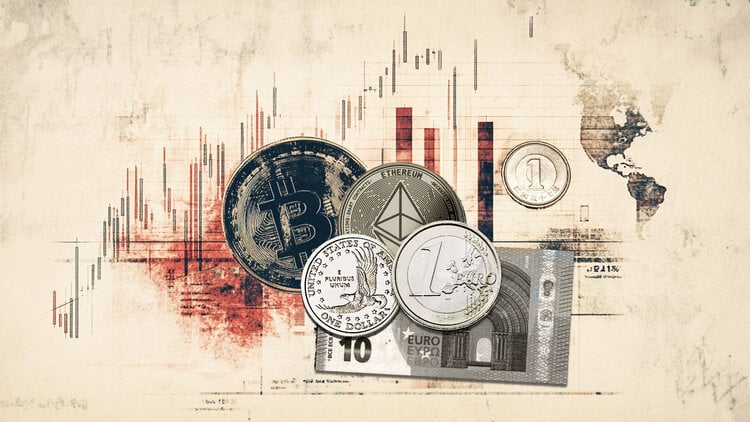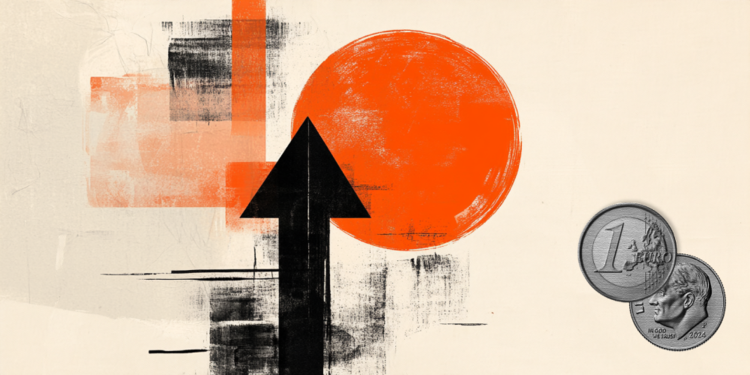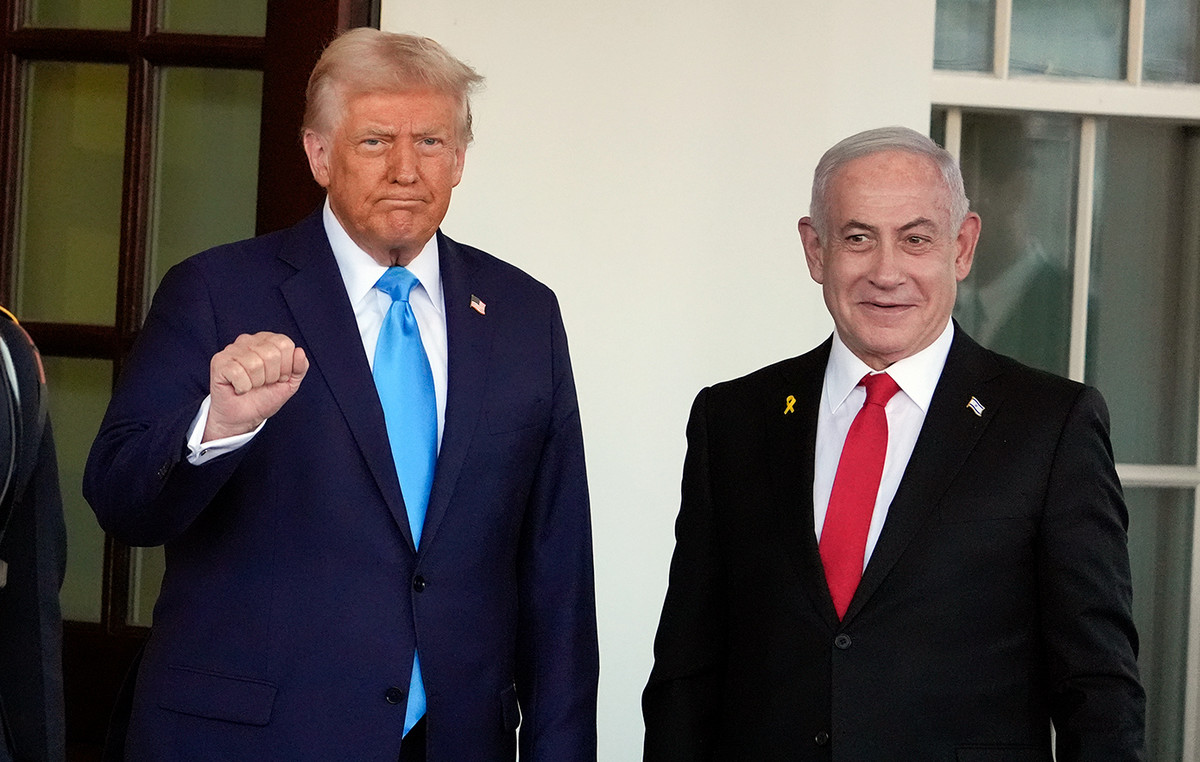- EUR/JPY loses traction to around 159.50 in the Asian session on Wednesday.
- The Japanese PPI came out stronger than expected, boosting the JPY.
- Uncertainty over how soon the BoJ could raise rates could limit the cross’s decline.
The EUR/JPY cross attracts some sellers around 159.50 during the early European session. The Japanese Yen (JPY) strengthens against the Euro (EUR) after the stronger than expected Japanese Producer Price Index (PPI) for November. The European Central Bank’s (ECB) interest rate decision will be in the spotlight on Thursday.
The Bank of Japan’s (BoJ) preliminary reading on Wednesday showed the country’s Producer Price Index (PPI) rose 0.3% month-on-month in November, better than the 0.2% expected. On a year-over-year basis, the PPI rose 3.7% year-over-year during the same reporting period, above the market consensus of 3.4%.
Furthermore, the expectation that the ECB will implement aggressive interest rate cuts to shore up the weakening regional economy could weigh on the common currency. The ECB is widely expected to cut the deposit facility by another 0.25% to 3.00%. This expectation is aligned with the ECB’s strategy of guiding inflation towards its 2% objective in a context of lower economic growth in the Eurozone.
However, dovish comments from Japanese authorities could weaken the JPY and limit the cross’s decline. BoJ board member Toyoaki Nakamura said last week that the central bank should act cautiously in raising rates, fueling uncertainty over the BoJ’s policy decision in December.
The ECB FAQs
The European Central Bank (ECB), headquartered in Frankfurt (Germany), is the reserve bank of the euro zone. The ECB sets interest rates and manages the region’s monetary policy.
The ECB’s main mandate is to maintain price stability, which means keeping inflation at around 2%. Its main tool to achieve this is to raise or lower interest rates. Relatively high interest rates usually translate into a stronger Euro, and vice versa.
The Governing Council of the ECB takes monetary policy decisions at meetings held eight times a year. Decisions are made by the heads of the euro area’s national banks and six permanent members, including ECB President Christine Lagarde.
In extreme situations, the European Central Bank can launch a policy tool called Quantitative Easing. QE is the process by which the ECB prints Euros and uses them to buy assets (usually government or corporate bonds) from banks and other financial institutions. The result is usually a weaker Euro.
QE is a last resort when a simple lowering of interest rates is unlikely to achieve the objective of price stability. The ECB used it during the Great Financial Crisis of 2009-11, in 2015 when inflation remained stubbornly low, as well as during the coronavirus pandemic.
Quantitative tightening (QT) is the reverse of QE. It is carried out after QE, when the economic recovery is underway and inflation begins to rise. While in QE the European Central Bank (ECB) buys government and corporate bonds from financial institutions to provide them with liquidity, in QT the ECB stops buying more bonds and stops reinvesting the maturing principal of the bonds that are already possesses. It is usually positive (or bullish) for the Euro.
Source: Fx Street
I am Joshua Winder, a senior-level journalist and editor at World Stock Market. I specialize in covering news related to the stock market and economic trends. With more than 8 years of experience in this field, I have become an expert in financial reporting.



.jpg)



